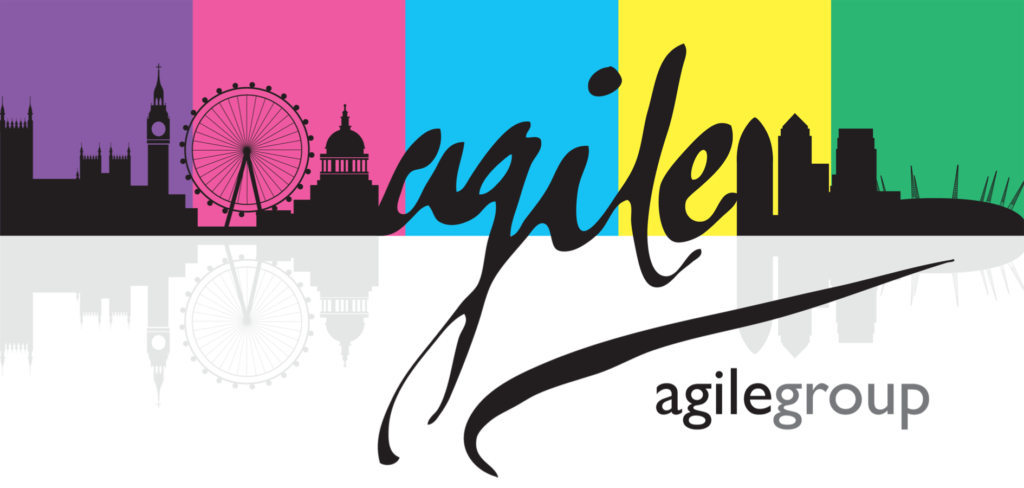By Jordana Stevens, CEO, Agile Group
Reflective practice is a powerful habit for leaders, coaches and facilitators committed to learning, growth and meaningful impact. This article explores the role of structured reflection and evaluation in continuous professional development and offers practical tools to embed reflective habits into everyday practice.
Why Reflection Matters
Reflective practice is not a luxury — it is a discipline that enables deeper learning and more intentional leadership. In coaching, facilitation and organisational development, it offers a space to pause, make sense of experiences, and translate insight into action.
Practitioners who embed reflection into their routines often report greater clarity, confidence and connection in their work. For organisations, reflective cultures can lead to more ethical decision-making, stronger collaboration, and adaptive learning environments.
Evaluation: Learning from Experience
Reflection becomes more powerful when paired with structured evaluation. Evaluating our experiences — whether successful, challenging or routine — allows us to understand not just what happened, but why it mattered.
A regular evaluation process can help professionals:
- Identify patterns and areas for growth
- Make informed decisions about future action
- Recognise their impact and celebrate progress
- Build greater accountability and resilience
Practical Tools for Reflective Practice
Whether used individually or in group settings, these well-established tools support structured reflection and deeper learning:
1. Gibbs’ Reflective Cycle
This six-stage model helps break down experiences into manageable reflections:
- Description – What happened?
- Feelings – What were the thoughts and emotions?
- Evaluation – What was positive or negative?
- Analysis – What can be learned?
- Conclusion – What else could have been done?
- Action Plan – What will be done differently next time?
2. Driscoll’s Model of Reflection
A simple but powerful prompt framework:
- What?
- So what?
- Now what?
Useful for journaling, debriefs, and coaching conversations.
3. Kolb’s Experiential Learning Cycle
Connects experience with experimentation through:
- Concrete Experience
- Reflective Observation
- Abstract Conceptualisation
- Active Experimentation
4. Johari Window
A tool for developing self-awareness and mutual understanding through feedback and self-reflection. Often used in team settings or supervision to reveal blind spots and encourage openness.
5. Reflective Journaling
Short prompts can foster insight and consistency in reflective habits:
- What challenged me today?
- When did I feel most effective or connected?
- What feedback have I received recently?
- What am I avoiding?
6. Peer Reflection and Supervision
Creating space for shared reflection — whether in coaching supervision, group learning or informal peer networks — encourages deeper insight and helps normalise vulnerability, experimentation and ethical enquiry.
Embedding Reflective Habits into Practice
Reflection works best when it becomes part of the rhythm of professional life. Whether through 20-minute weekly reviews, post-session notes, or a reflective learning log, small consistent practices can lead to significant development over time.
Reflection doesn’t need to be time-consuming or overly academic. What matters is that it’s intentional, honest, and focused on learning.
Conclusion
Looking back is a critical step in moving forward. For professionals committed to continuous growth, reflective practice and evaluation offer a structured, supportive pathway to greater clarity, confidence and impact.
At Agile Group, reflective habits are woven into all coaching-led learning programmes, supporting learners to develop a deeper understanding of themselves, their work, and their potential.art of every coaching-led learning journey. It’s how growth becomes sustainable – and how learning becomes leadership.
Want to Deepen Your Reflective Practice?
Whether you’re a coach, a leader, or someone who supports others to grow — reflective practice will elevate your impact.
✅ Join our next coaching-led learning programme
✅ Connect with peers in our Agile Community

